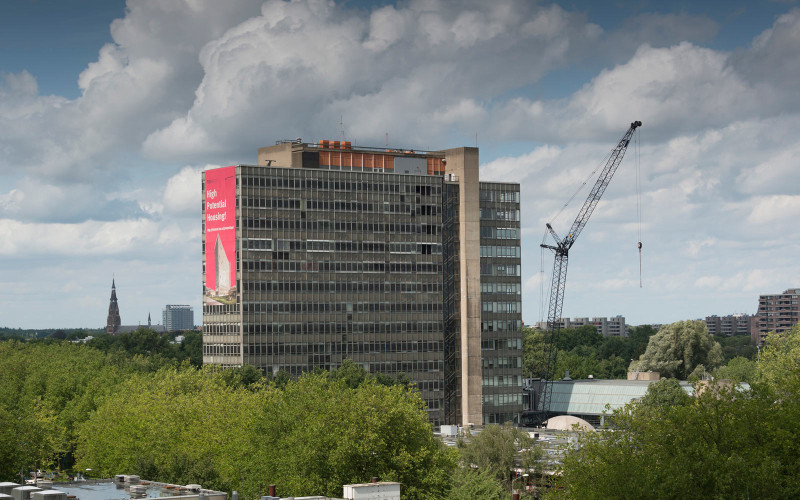
Transformation more than renovation or metamorphosis
30 June 2016
When it comes to transformation, Eindhoven is one of the country’s leaders. Eindhoven-based architect firm Diederendirrix is involved in many of these projects. “Eindhoven is a modern city, which can accommodate these sorts of changes well.”
“It suits our firm. We don’t want to make icon architecture, but want to be smart architects, in-depth for the building as well as its users. We want to serve the city,” architect and partner Paul Diederen says. “We don’t go wild. We don’t make isolated architecture. It’s the meaning that counts. The telling aspect is important. How can you pass on the story,” his business partner Bert Dirrix adds.
The firm owes a great deal to the redevelopment of the Witte Dame – the former Philips’ light bulb factory – as per Dirrix’ design in the late 1990s. This was shortly before both architects joined forces. Philips initially wanted to demolish the factory after many years of lack of occupancy. However, because public opinion turned against these plans and the council refused to issue a demolition permit, the building was finally repurposed. It was a valuable process, not only because of the technical challenge, but also because of the contacts with council and users and the interaction with the community. “It marked the beginning of more repurposing projects,” Dirrix says.
Tissue
The main thing of all these projects is that transformation is more than the renovation or metamorphosis of a building. Dirrix says: “It’s not only about redeveloping real estate. You add new urban development quality. We think from the tissue of the city.” This is done for example by adding a new public area, as was the case with the Witte Dame, or a city park south of the former Philips Lighting head office.
There is no uniform approach, Diederen explains. “Each building is unique and has its own qualities and its own urban development context. From the structure we analyse which functions match a building. We also often do a feasibility study.”
Read the full article on Cobouw